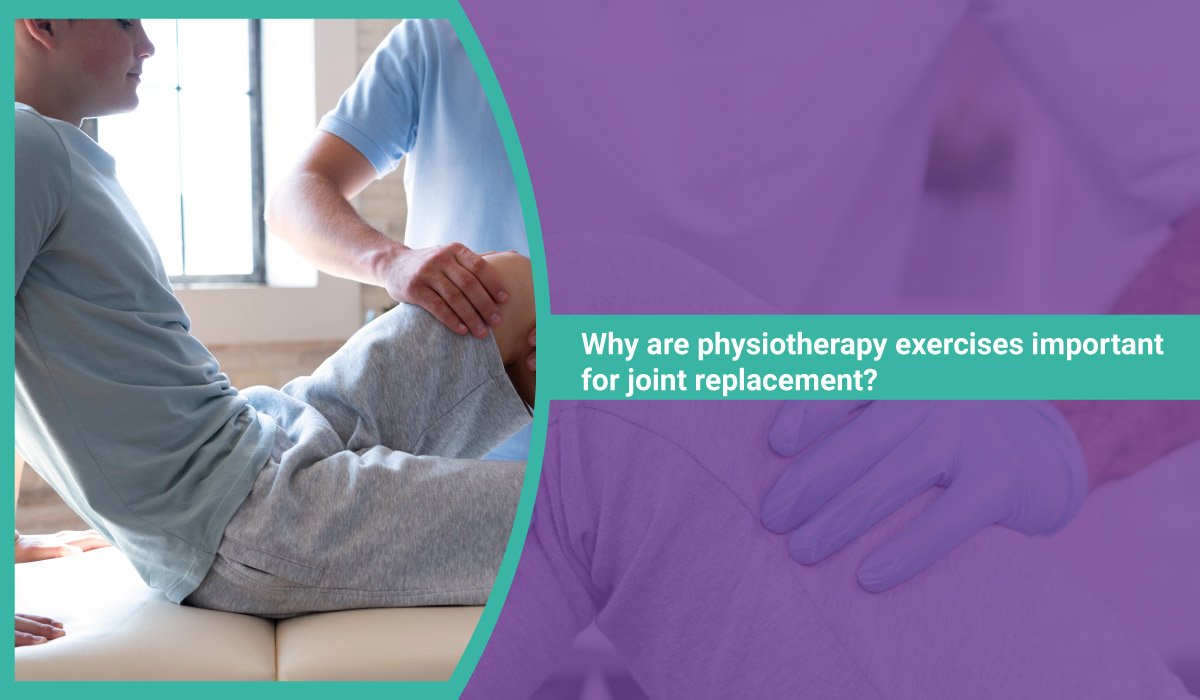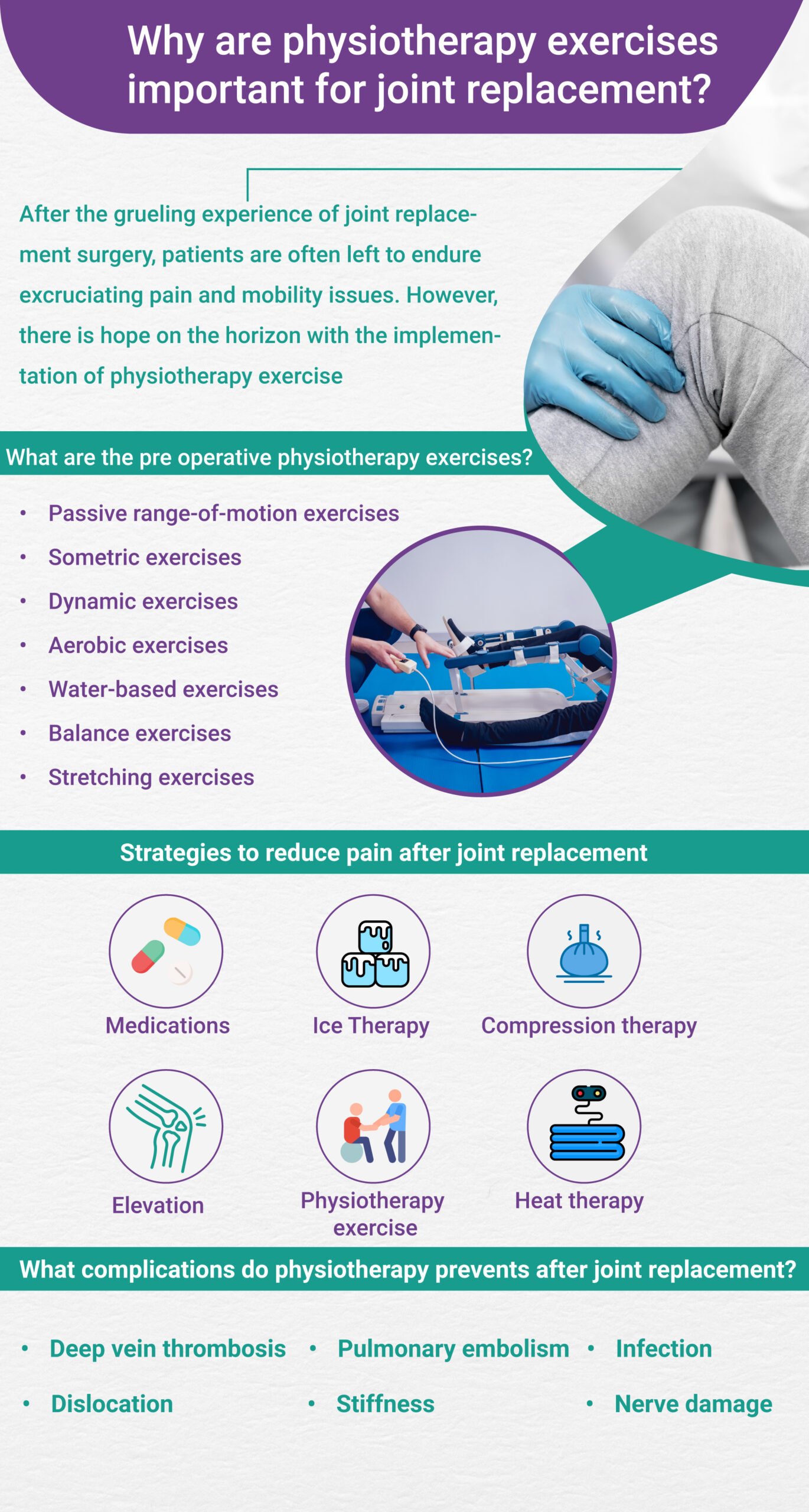How to Choose Between Heat and Cold Therapy?
The application of thermotherapy – the use of heat for healing purposes – is a practice as old as time itself. And it’s a practice backed by science. By increasing blood flow, thermotherapy aids in the delivery of vital oxygen and nutrients necessary for tissue repair. The escalated circulation also sweeps away unwanted waste products and harmful toxins that may perpetuate inflammation and pain. Besides, the application of heat therapy soothes the muscles and curbs rigidity, leading to a noticeable improvement in flexibility. Cryotherapy, or the use of cold therapy, on the other hand, can reduce inflammation and blood flow in the initial stages of an injury. Nonetheless, the benefits of both thermotherapy and cryotherapy are undeniable and can be used in tandem with other treatments for maximum effectiveness. The advantages of thermotherapy include better circulation, reduced pain, and increased flexibility, making it a natural and effective remedy for a variety of injuries and ailments.
Is heat therapy better than cold therapy for treating injury?
- When it comes to treating injuries, one must choose between two opposing forces: thermotherapy and cryotherapy. Thermotherapy uses heat therapy, an approach well-suited for chronic injuries such as arthritis, tendonitis, and back pain. By infusing heat, blood flow is increased, and muscles are relaxed, yielding reduced stiffness and improved flexibility. With the enhanced metabolic activity of cells, thermotherapy hastens healing by promoting the circulation of oxygen and nutrients to the affected area. This results in less inflammation, a primary cause of pain and discomfort. Thermotherapy’s virtues are not limited to muscle spasms, joint pain alleviation, and increased range of motion.
- On the other hand, cryotherapy employs cold therapy and is helpful for acute injuries such as sprains, strains, and bruises. Cryotherapy can reduce inflammation and swelling by inducing vasoconstriction, leading to reduced blood flow to the affected area. By doing so, cryotherapy minimizes inflammation, thereby alleviating pain and promoting faster healing. Another advantage of cryotherapy is the numbness it provides, reducing swelling, and preventing further injury.
- Sometimes, it is useful to alternate between thermotherapy and cryotherapy, a technique known as contrast therapy, to improve treatment effectiveness. The alternating heat and cold improves circulation, reduces inflammation, and provides pain relief. Contrast therapy can be useful in treating injuries that involve both acute and chronic pain.
However, thermotherapy should not be used for acute injuries as it can increase inflammation and swelling. In contrast, cryotherapy should not be used for extended periods or applied directly to the skin as it can cause tissue damage. It is always wise to consult a healthcare professional before embarking on any new treatment, particularly if you have a pre-existing medical condition or are taking any medications.
How to create your own DIY heat therapy?
To craft your heat therapy treatments at home, you can rely on everyday items like hot water bottles, heating pads, and warm towels. Here’s a stepwise guide that will help you to create your personalized heat therapy treatments:
- The foremost task is to select the right heat source. Heating pads and hot water bottles are top-notch sources, but warm towels will also serve the purpose.
- Before starting the treatment, ensure that your heat source is clean and dry. If you have opted for a hot water bottle, fill it up with hot water as per the desired level.
- Place the heat source on the affected area but take care to wrap it with a towel or cloth to avert burns.
- Allow the heat source to work its magic for around 15-20 minutes, depending upon the intensity of the injury.
- After each heat therapy session, you may opt for cold therapy to mitigate inflammation and swelling.
- Use a cold compress or ice pack for about 10-15 minutes but ensure that it is covered with a towel to ward off burns.
- For maximum therapeutic benefit, alternate between heat therapy and cold therapy sessions.
How to appropriately use cold therapy for sports injuries?
The use of cold therapy in the management of physical trauma has been well-documented, providing a valuable method for reducing pain, inflammation, and swelling. The application of ice therapy can assist in speeding up the healing process and promote more rapid recovery. The following guide outlines the appropriate application of cold treatment to avoid further damage:
- Upon the initial occurrence of injury, promptly apply an ice pack or cold compress to the affected area. This will facilitate a reduction in inflammation and swelling.
- To avoid skin damage, wrap the ice pack or cold compress in a towel or cloth before applying it to the injury site.
- Apply cold therapy for approximately 10-15 minutes at a time, several times per day, during the initial 48-72 hours following the injury. This will decrease inflammation and swelling.
- Allow time between each cold therapy session to enable the skin to return to a normal temperature and prevent skin damage.
- For the initial 48-72 hours after injury, do not apply heat therapy, as it may exacerbate the inflammation and swelling.
- In the case of acute injuries like sprains, strains, or bruises, apply cold therapy exclusively for the first 48-72 hours. After this period, incorporate contrast therapy by alternating between cold and heat therapy to promote circulation and accelerate healing.
- For chronic injuries like tendinitis, bursitis, or arthritis, apply cold therapy after physical activity to reduce inflammation and swelling.
- If the injury site has an open wound or damaged skin, refrain from using cold therapy, as it may cause further skin damage.
How is heat therapy a relief for arthritis patients?
The ravages of arthritis can be quite a hindrance. But fear not, for there’s a glimmer of hope in the form of heat therapy.
The application of heat to the afflicted area can lead to an increase in blood flow, which in turn can reduce inflammation and stiffness. It’s a bit like a warm embrace for your aching joints. And not only that, but heat therapy can also trigger the release of endorphins – nature’s very own painkillers.
Now, let’s delve into the practicalities of it all, shall we? For targeted areas such as your knees or hands, a hot water bottle, heating pad, or warm towel can do wonders. Just remember to place a cloth between your skin and the heat source, and don’t overdo it – limit your sessions to 15-20 minutes a few times a day.
If you’re in need of a more comprehensive solution, a warm bath could be just the ticket. Sink into the soothing waters for 15-20 minutes and consider sprinkling in some Epsom salt for good measure.
But before you hop into that tub, keep in mind that heat therapy is not suitable for inflamed or swollen joints. And of course, it’s always wise to consult with your physician before embarking on any new treatment.
Conclusion
Heat therapy and cold therapy, the yin and yang of injury treatment and pain management, can be a slippery slope. But the benefits of thermotherapy they can create together is a delicate balance, to be sure, and one that requires the guidance of a skilled best physiotherapist in Ahmedabad. That’s where Dr. Niraj Patel comes in. With his expert knowledge of heat therapy, cold therapy, and other pain management techniques, he can guide you toward the best treatment plan for your unique needs.




